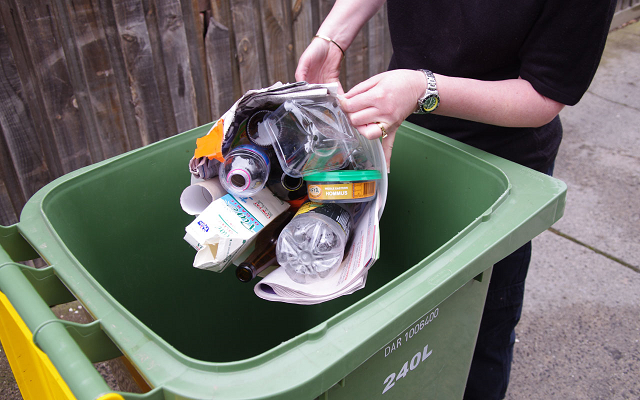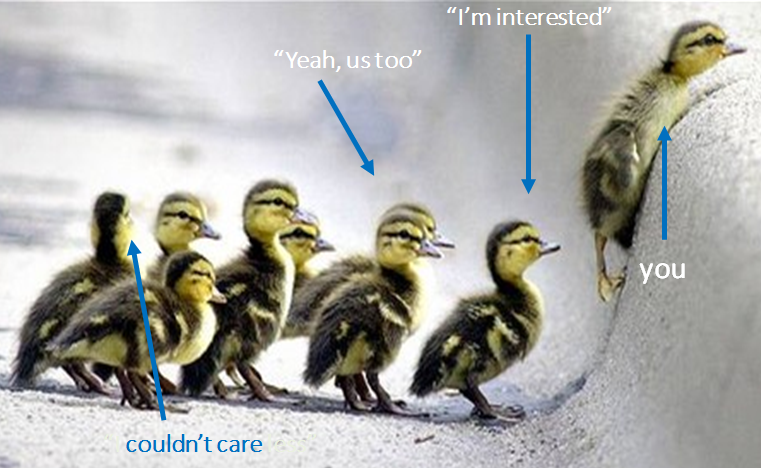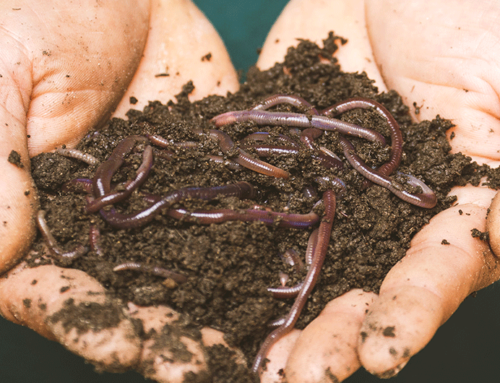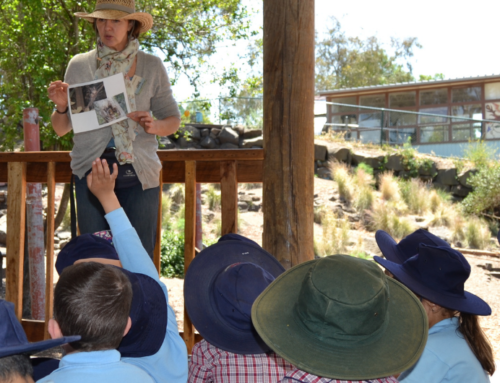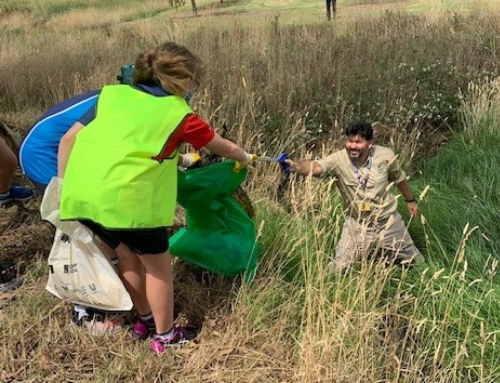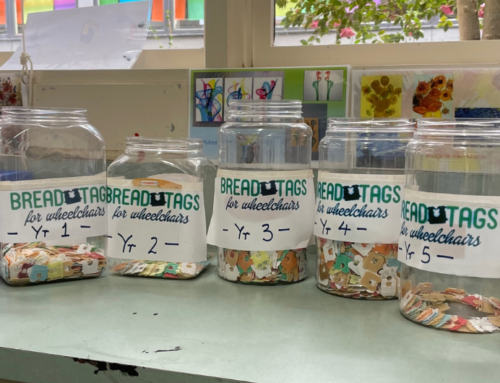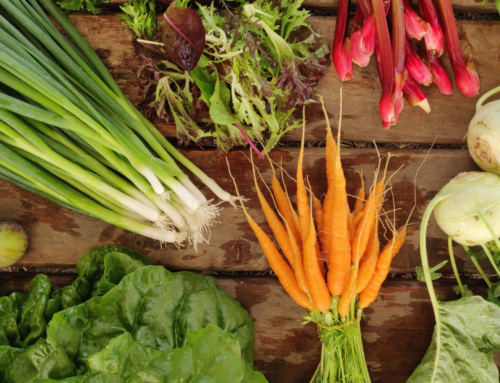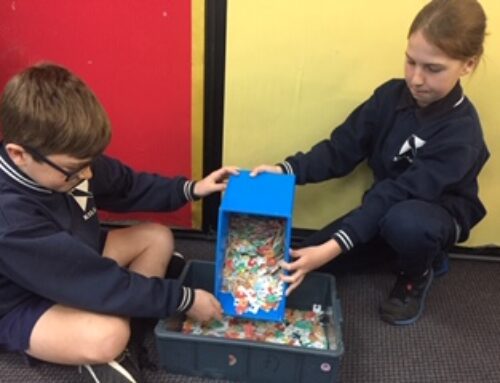Our Say: regenerative agriculture – drawing down where our governments are not
Written by Leah Martini
Teacher Programs Educator
If you had asked me 12 months ago what industry I thought would be paving the way for our country’s climate solutions, it certainly wouldn’t have been the farming industry, and especially not the merino sheep and livestock one. Myself, an environmental educator and vegan for a majority of my adult life, had formed a somewhat sheltered view on the farming and agricultural industry, and the huge role it can play in tackling our code red climate crisis. Although the term ‘Regenerative Agriculture’ was by no means new in 2020, for me personally, it was something I had little exposure to and knew very little about.

Fast forward 12 months.
I’ve now been dating a sheep farmer for just under a year and it’s completely turned everything I thought I knew on it’s head. Charlie (Heal) is a sixth generation wool grower and manages his family property located in Northern Victoria. He spent his early 20’s studying project management in the construction industry, however after a 6 month stint overseas, and one Charles Massy book (Call of the Reed Warbler) later, he decided to return home to the family farm to flip the traditional practices it had been utilising, into those of regenerative agriculture and carbon farming.
For anyone that may be unaware, much like myself 12 months ago, regenerative agriculture, otherwise known as carbon farming, describes farming and grazing practices that among other benefits, help to reverse climate change by rebuilding soil organic matter and restoring degraded soil biodiversity, resulting in both carbon drawdown and the improved functioning of the water cycle. Regenerative agriculture is seen as a holistic land management practice that uses the power of photosynthesis in plants to close the carbon cycle, and build soil health, crop resilience and nutrient density, all of which are more important than ever leading into 2022.
We are in a time where carbon emissions have rebounded to near pre-pandemic levels, with coal and natural gas emissions surging in the power and industry sectors. Where in the last 150 years, we’ve lost half of the basic building block that makes soil productive, the very foundation for biodiversity and the production of our food. It’s no surprise that farmers, much like Charlie, are stepping up to the table, to challenge their own businesses and beliefs whilst also tackling larger scale projects in the hopes to draw down where our governments have not.
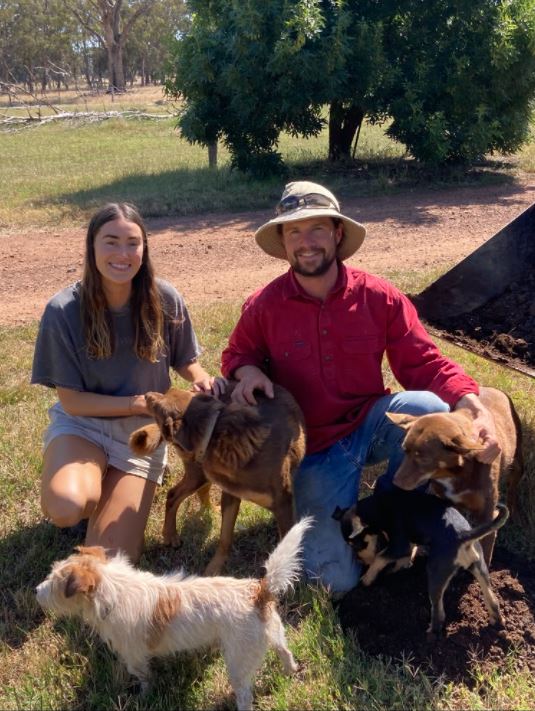
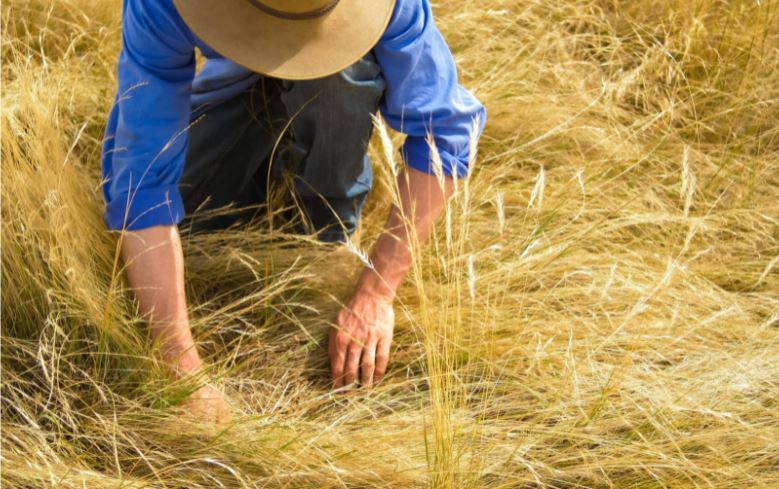
Since moving back to the family farm, it’s safe to say Charlie has become a little obsessed with regenerative agriculture, which consumes his thoughts and actions from sunrise to sunset. With a shovel in his hand, Charlie sets off for his day’s can-aming (an off-road buggy-like vehicle) around his 3,000 acre property, digging into paddocks and investigating the soil’s structure and biology, constantly studying it and understanding its needs. And when he’s not getting down and dirty with the soil, he’s applying for grant after grant, attempting to fund his ongoing obsession with soil and the large scale planting and carbon sequestration projects it can support.
With a main focus on soil biology and health for optimal carbon sequestration in mind, Charlie adopts a number of regenerative agricultural techniques that aim to tackle our climate crisis through drawing atmospheric carbon into the soil and storing it, one of the globe’s most cost-effective reservoirs for sequestering carbon.
These techniques include:
- Time-planned and seasonal grazing management: This involves high levels of livestock density in smaller areas with long periods of rest (think wildebeest migration on the Serengeti with a pride of lions pushing them away from the delicious grasses every other day). This ensures plants get adequate recovery time before being grazed again and allows them to send their roots down further into the soil profile searching for nutrients and water. This in turn fills the subsoil horizon with organic matter (dead roots and biology) which will then be stored as carbon for perpetuity.
- Constant ground cover and high percentages of perenniality within the grassland: Perennial grasses, herbs and forbes live for many years and can respond instantly to unseasonable rainfall (climate change…) and utilise the sun’s energy the entire year, turning organic matter into carbon more frequently.
- Diversity: It’s imperative! All life requires diversity to be resilient, and our farming systems are no different.
- No till/ minimum tillage: This prevents the destruction of soil aggregation and fungal communities, as every time we turn the soil over we expose the delicate microbiology and the carbon it lives off to the elements, releasing carbon and reducing soil function.
- Large scale habitat plantings: Promoting biodiversity within the landscape, including trees and lower-mid level ground cover plants and shrubs (the sheep height ones!) is imperative, as many are missing from much of Victoria’s pre 1850 landscape. Fencing off of fragile areas such as riparian zones, hilltops and remnant bushland is vital to the function of soil as it provides habitat to the higher order critters such insects, marsupials, reptiles and birds. These animals rely on the function that the ‘phytoplankton like’ soil biology plays, in holding together the foodweb, and ensuring stability within the agricultural system.
- Carbon as a commodity: Charlie believes this will drive much of the innovation within the agricultural sector. And although early days, good soil health practices which store carbon can be rewarded financially if the farmer signs up for a carbon project. Conducting baseline levels of Carbon within the property at year one, the landholder then applies all of his or her knowledge in sequestering it and over the course of the 25 year contract can sell it into the open market whenever they feel. The carbon market is heating up as corporations compete for the limited carbon credit units available to offset their emissions, so farmers really are in the driver’s seat for the coming decades, not only providing food and fibre in an ever scarce environment, but having the ability to rebalance the entire earth’s carbon cycle, tipping the world back into a more sustainable trajectory.

With all of these techniques in mind, I reckon Charlie and his fellow reg ag farmers are onto something. Victoria consists of approximately 55% of freehold agricultural land… Imagine the possibilities that could be achieved in Victoria alone if our current farming industries adopted regenerative farming techniques to draw down carbon and heal our declining soil, across over half of our state’s land mass. Imagine the possibilities if we zoomed out and applied this nation-wide, if not globally.
So, as I approach the end of 2021, I feel an immense sense of admiration towards Charlie and his fellow reg ag farmers. They are helping to fight for the survival of our planet, and pave the way forward for the future of our food supply, Australian landscapes and the earth – one regenerative agriculture technique at a time.
It’s because of people, like Charlie, that I feel hopeful about what our future may bring.




